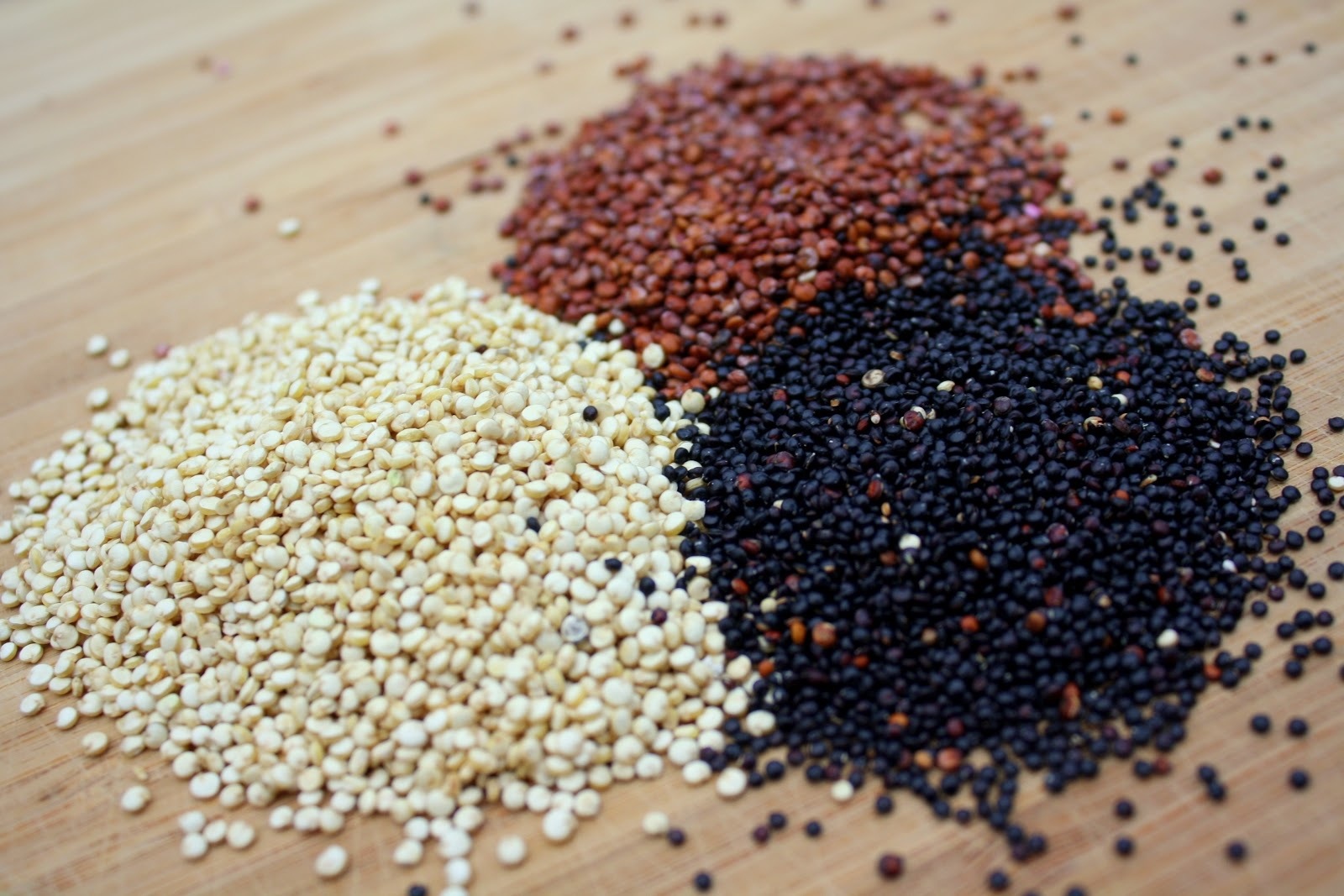Wondering how and why you should be soaking quinoa before preparing it? When I first started consuming quinoa I had no clue I was supposed to soak it overnight before cooking it and it would always have an odd taste to it. Soaking makes the quinoa more digestible. It breaks down some of the hard to digest proteins and neutralizes the phytic acid which is an anti-nutrient that prevents absorption of minerals. Because grains are seeds, they also contain enzyme inhibitors that protect the seed from germinating until the conditions are proper for growth. If ingested, these inhibitors can prevent the body’s enzymes from working properly, and digestion will be hindered. Soaking grains neutralizes these inhibitors and stimulates the production of beneficial enzymes and increases vitamin content, because the seed is being activated toward growth.
This is the basic method of soaking grains that Sally Fallon Author of Nourishing Traditions share:

Soaking Whole Grains
- 1 cup grain
- 2 tablespoons of an acid such as apple cider vinegar
- Warm water – the same amount you would need to cook that particular grain.
- Put all into the cooking vessel you plan to use to cook the grain, and let soak for a minimum of 7 hours and up to as long as 24 hours.
- Then cook as usual, skimming any foam or scum that develops on top, as it can contain released impurities.
*For the acid, you can use plain yogurt, whey (from milk, yogurt, kefir, etc.), kefir, buttermilk, vinegar, or lemon juice.
I don’t usually use an acid but probably should. Rinse well and then cook up. I use 1 cup quinoa to 2 cups water and simmer with lid off for approx. 15 min. or until water is all absorbed.


